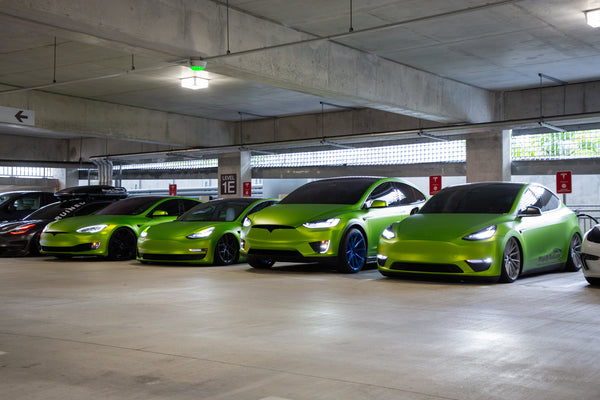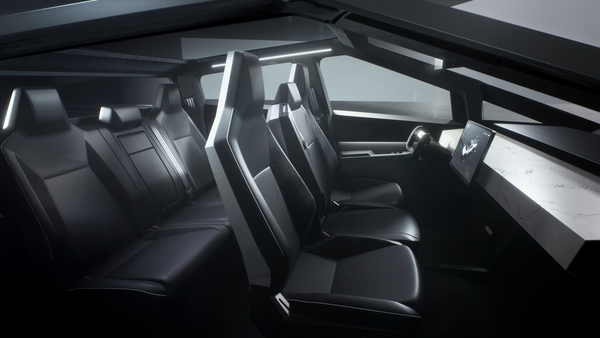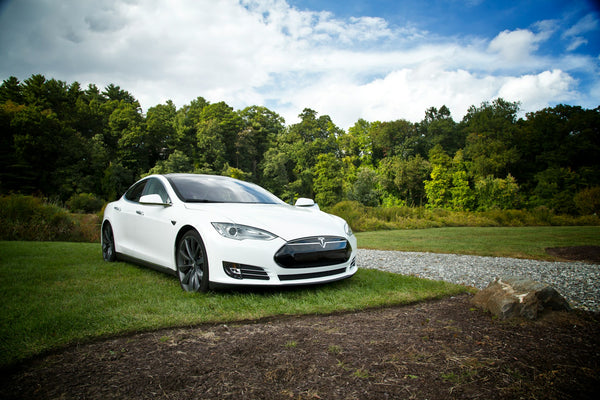Is Tesla Motors a company that is built to last?
Some analysts and pundits have denounced Tesla Motors (TSLA) as a fad, a “momentum” play – a company that CNBC’s bombastic Jim Cramer shunned as “a cult stock” that doesn’t deserve it’s current valuation. But, what if the opposite were true. What if Tesla Motors’ CEO Elon Musk was building a solid foundation for conservative, long-term investors? What if Tesla Motors was a company built to last?
We wanted to hear more from the iconic investor on his views related to Tesla. And, this past week, ValueWalk* reported on the 23rd Annual Baron Investor Conference where Ron Baron's keynote speech specifically highlighted Tesla Motors. What did he say? We’ve extracted some of this keynote for you. Note: we've included our own titles below to help break down his POV, see below.
DOOMED TO EXTINCTION?
Before I begin I’d like to ask you a few brief questions…
Has anyone here ever met a Babylonian? No? Me either. How about a Phoenician? No? Neither have I. Anyone ever been to a Sumerian restaurant? Raise your hands. No one? Huns? Any Huns in the room?
Now… How about the Jews? Is anyone here Jewish? … Or do you know someone who is? Okay, we’re finally getting somewhere. The real question I want to ask is this… Why are some civilizations doomed to extinction while others endure for thousands of years?
In other words, what does it take to be “Built to Last?” Whether it’s a civilization like the Jews who against the odds have made it for 5,775 years or a business that lasts for decades or a hundred years or more… we think it’s culture… values… and ideas that last….
The Ten Commandments… The Magna Carta… The Declaration of Independence… The Constitution… The Bill of Rights... America…
“Things” don’t last. Ideas last. We chose the image of America to represent our “Built to Last” theme this year. This is since we think of America as an idea that represents yearning for personal freedoms… self-determination… and hope for a better life for your children…
HISTORY, AS A TEACHER
Baron Funds invests in businesses we believe are “Built to Last.” But, here’s the hard part: most businesses that appear “built to last” don’t. In 1958, the lifespan of a Fortune 500 company was 61 years. It is now 15 years.
In the 1950s, Eastman Kodak Company was one of the most profitable and highly regarded businesses in America. Grandparents often gave their grandchildren Kodak stock to help pay for college. Few doubted Kodak would endure.
Competition from digital photography bankrupted Eastman Kodak. Kodak should have been the leader in that technology. Steve Sasson, a Kodak engineer, invented digital imaging in 1975! Kodak’s executives told Sasson “filmless photography” was a “cute” invention. But, since it didn’t use film, “don’t tell anyone!” Kodak fostered a culture that protected its film business and ignored the existential threat of digital imaging. Kodak filed for Chapter 11 bankruptcy in 2012. Not exactly a Kodak Moment!
Similarly, AT&T failed to exploit the cell phone technology its engineers had invented for the Army in 1947. AT&T feared cellular technology could disrupt its tethered land lines business. AT&T thought cellular telephony was a niche market. That niche is now 7.3 billion cell phones.
AT&T and Eastman Kodak had similar cultures. Both suppressed technology that posed threats to their businesses. [What is] another industry that’s missing the boat? CARS!
TESLA MOTORS, BUILT TO LAST
We believe automobile manufacturers reliant upon internal combustion engines could meet a similar fate to that of AT&T and Eastman Kodak.
In 1910, at the dawn of the automobile, of 4,000 cars in America, more used electric power than internal combustion engines! Electrics were quieter, had fewer moving parts and required less physical strength to operate. Even Henry Ford’s wife preferred her electric to her husband’s Model T.
The internal combustion engine prevailed. The reason? In 1910, gasoline cost seven cents a gallon, half the cost of electricity! Today, things are different. Gasoline is $3 a gallon, four times the cost of electricity!
Even though electrics now cost less to operate and are safer than cars with internal combustion engines, traditional auto manufacturers have little interest and no incentive to adopt new electric technology. Those automakers are handcuffed by large investments in engine plants, restrictive union contracts, and legacy dealer networks.
Elon Musk’s Tesla, with its culture forged in Silicon Valley, not Detroit, has attracted more than 700 of the most talented engineers from around the world. We expect that number to continue growing rapidly. Tesla is also investing billions in its business, and is on the verge of disrupting existing car manufacturers who have been ‘asleep at the wheel’.
We don’t invest in companies like Kodak, AT&T and traditional car companies, which are trying to protect short-term profitability of legacy businesses by cutting costs rather than investing to grow. [Instead] we make long-term investments in what we believe are well managed, competitively advantaged, growing businesses that are “Built to Last.”




